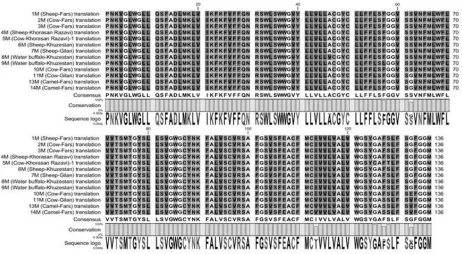Molecular Differentiation of Fasciola Species and Characterization of Genetic Diversity of F. gigantica Using NADH Dehydrogenase I (ND1) Gene in the Endemic Areas of Iran.
Full text
Figure
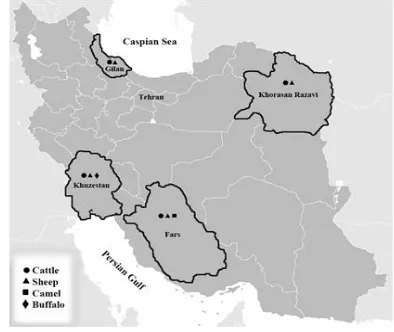
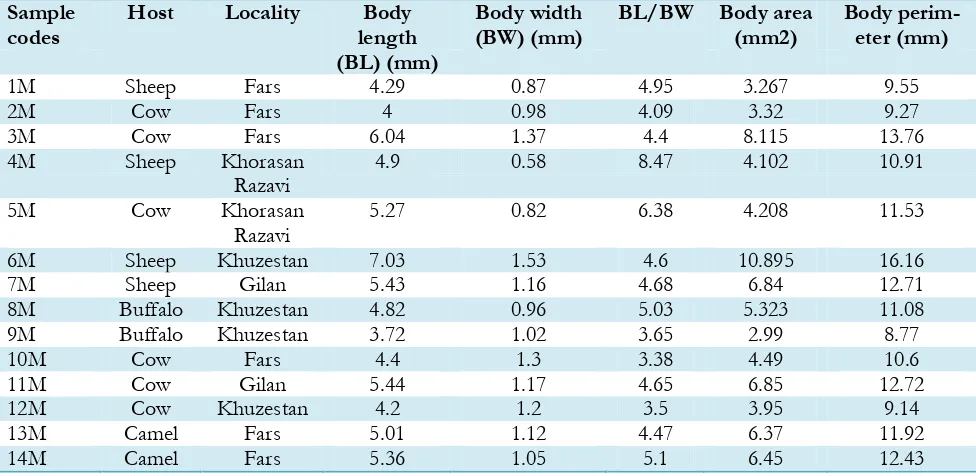
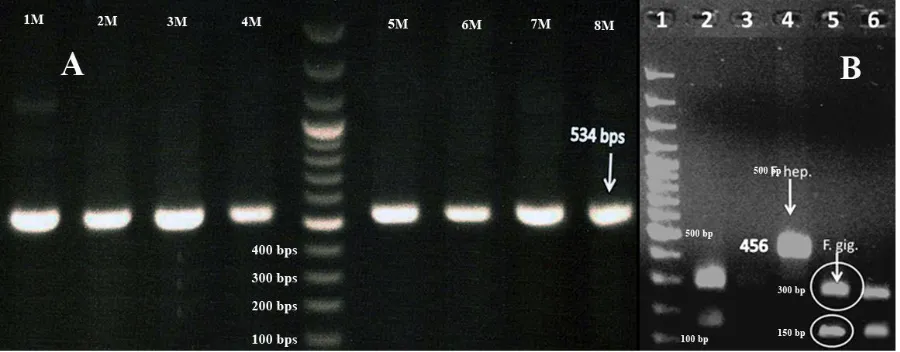
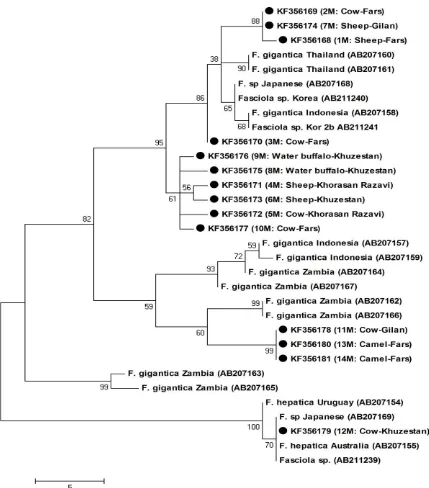
Related documents
Some other factors are habitat destruction pressure on land and loss of biodiversity, changing consumption pattern rising demand for energy, air pollution, land and soil
As a result of the estimation of structure of Eurasian natural mineral waters and waters with low mineralization of Chloride-Hydrocarbonate type, using the characteristic parameters
In this study the Cynefin sensemaking framework depicted in Figure 2 is used as an analytical tool for describing different circumstances of the operating environment, for
actors, who all put so much effort and time towards the production of my film, I know that it was. just not possible due to the financial limitations of
In the present report, we provide additional information about (i) a comparative genomic analysis of mating regulator genes in all dimorphic fungi with available genome data
The influence of NSAIDs on the biochemical tests (Wpływ n.l.p.z. na badania laboratoryjne) Increasing blood glucose concentration – enzymatic method: acetylsalicylic acid
Fifty-one IHMs samples were containing 16 dangerous adulterants which are dominated by pain relievers, slimming, aphrodisiac HMs; acetaminophen (ACE), mefenamic acid (MEFA),
Phenotypic differentiation of inducible erm mediated resistant from those with msra mediated in clinical isoltes of staphylococcus aureus from a university
